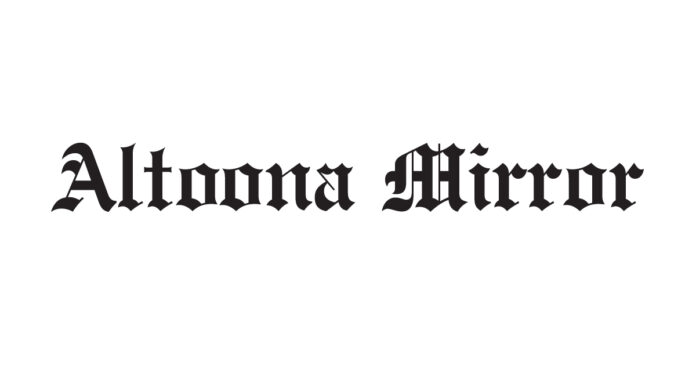AMED plans to develop a document that could help patients appeal what the organization says are recent lower payments from insurance companies for ambulance services that leave patients responsible for larger amounts.
Several years ago, commercial insurance firms would pay 80 percent of AMED’s bill — perhaps $1,520 on a $1,900 charge, according to AMED Executive Director Gary Watters.
Now, those companies pay around $500 for an Advanced Life Support charge that has risen to $2,350, leaving patients responsible for the difference, because AMED is an “out-of-network” provider, Watters said.
Thus, commercially insured patients may be responsible for paying bills of well over $1,000, Watters said.
“Our prices are going up, and their reimbursements are going down,” he stated.
AMED’s new initiative is designed to help both the patients and AMED, because a successful appeal will mean more money for the organization and less money for which the patient will be responsible, according to Watters.
The initiative will try to guide patients through insurance company appeals and grievance procedures, some of which are buried on company websites, according to Watters.
“How to get there, and what the phone numbers and the addresses are” — as well as documentation needed and applicable statutes, based on the situation, Watters said.
In most cases, patients need to send a letter and a trip record, explaining why payment was denied or lower than it should have been, Watters said.
“If AMED is trying to help in this area, it’s a great thing,” said Heather Sharar, executive director of the Ambulance Association of Pennsylvania.
Other ambulance agencies are struggling with the same issue, Sharar said.
The situation from the patient’s point of view is often confusing, said Sharar, speaking for herself, and not as the head of the association.
Patients who go to the hospital in an ambulance, which provides not just a ride, but a mobile emergency room on the way, may end up with many bills, including from the hospital itself, an emergency room doctor, a surgeon, and an anesthesiologist, she said.
Having paid an insurance premium, patients sometimes feel they ought to be covered — until they find out otherwise, Sharar said.
AMED is out of network for commercial insurance because joining those plans would mean accepting payments that don’t come close to covering the cost of providing service,
Watters said.
“They pay whatever they decide to pay,” Watters said of commercial insurance companies.
Moreover, joining commercial networks would prohibit AMED from billing patients for the unpaid remainder of the charges — although such “balance billing” doesn’t guarantee that AMED ends up getting that remaining, Watters said.
When a patient doesn’t pay the money the insurance company has failed to cover, AMED refers the bill to a collection company, which takes 25 percent of what it can get, Watters said.
If the collection company fails to get anything, AMED writes it off and also gets nothing, Watters said.
Non-payment by patients can hurt patient credit scores, he added.
Highmark hasn’t made significant changes in its reimbursement policies for ambulance services in the past few years, according to Highmark spokesperson Leilyn Perri.
“We believe the provider may be referring to some members having higher out-of-pocket costs due to higher deductibles and coinsurance,” Perri wrote in an email. “Any such cost-sharing changes to our benefits, chosen by our clients and members, are applied across many healthcare services and are not uniquely directed to ambulance services.”





![[Toyota Times] From Strengthening Foundations to Boosting Productivity – Toyota Focuses on Break-Even Volume [Toyota Times] From Strengthening Foundations to Boosting Productivity - Toyota Focuses on Break-Even Volume](https://businessfortnight.com/wp-content/uploads/2025/11/Toyota-Times-From-Strengthening-Foundations-to-Boosting-Productivity-Toyota-218x150.jpg)




























